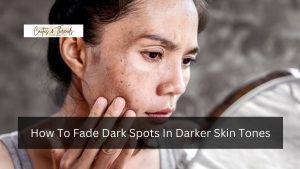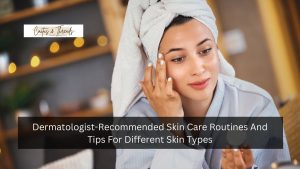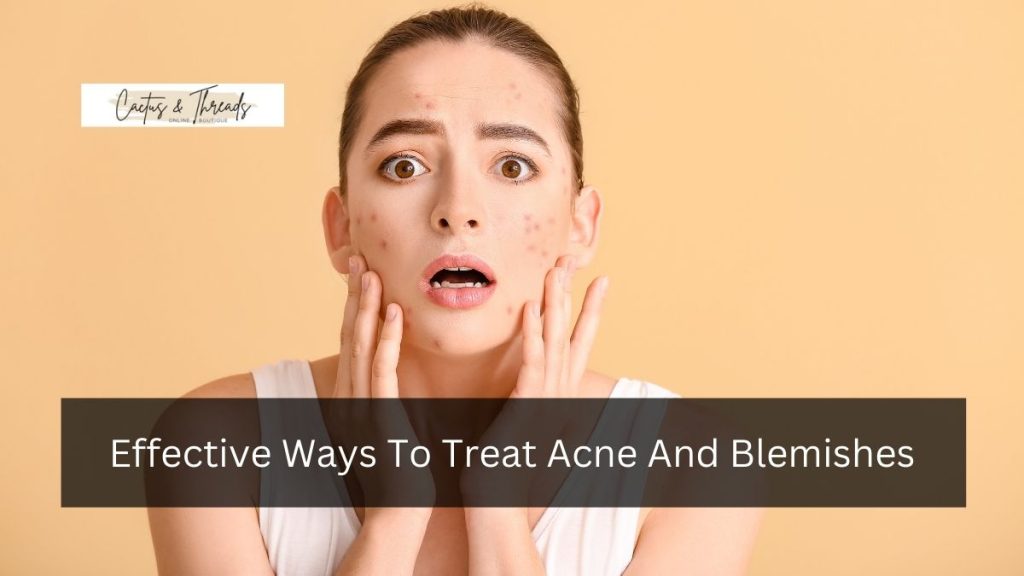
Acne and blemishes are common skin concerns that affect people of all ages. They can be frustrating to deal with, impacting not only the skin’s appearance but also one’s confidence.
Fortunately, there are numerous effective treatments and practices available that can help reduce acne, prevent breakouts, and treat blemishes for a clearer complexion. Here’s a comprehensive guide on proven ways to treat acne and achieve smoother skin.
1. Understand the Causes of Acne and Blemishes
Acne develops when hair follicles become clogged with oil (sebum), dead skin cells, and bacteria, leading to inflammation. Blemishes, such as dark spots and scars, often result from untreated or improperly treated acne. The main factors that contribute to acne and blemishes include:
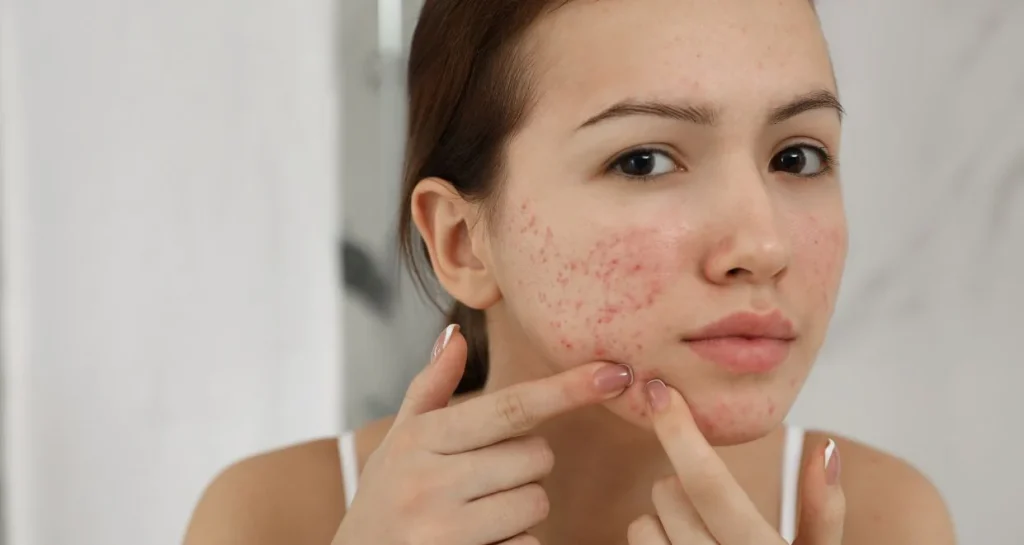
- Hormonal changes: Especially during puberty, menstruation, or pregnancy, which can increase oil production.
- Genetics: Family history can play a role in the likelihood of developing acne.
- Diet and lifestyle: High-glycemic foods, stress, and lack of sleep may exacerbate breakouts.
- Inadequate skincare: Using harsh products, not cleansing regularly, or touching the face frequently can worsen acne.
Understanding these causes helps tailor the best treatment for your skin.
2. Cleanse Gently but Effectively
A consistent cleansing routine is crucial to treat acne. Use a gentle cleanser to remove dirt, oil, and impurities without stripping the skin of its natural moisture. Here are some tips:
- Choose a gentle, foaming cleanser that’s non-comedogenic (won’t clog pores).
- Avoid over-cleansing, as it can irritate the skin and increase oil production.
- Use lukewarm water, as hot water can dry out and damage the skin.
For acne-prone skin, consider a cleanser containing salicylic acid or benzoyl peroxide, which help to unclog pores and reduce bacteria.
3. Incorporate Exfoliation into Your Routine
Exfoliating 1-2 times a week helps remove dead skin cells that can clog pores and lead to breakouts. There are two main types of exfoliants:
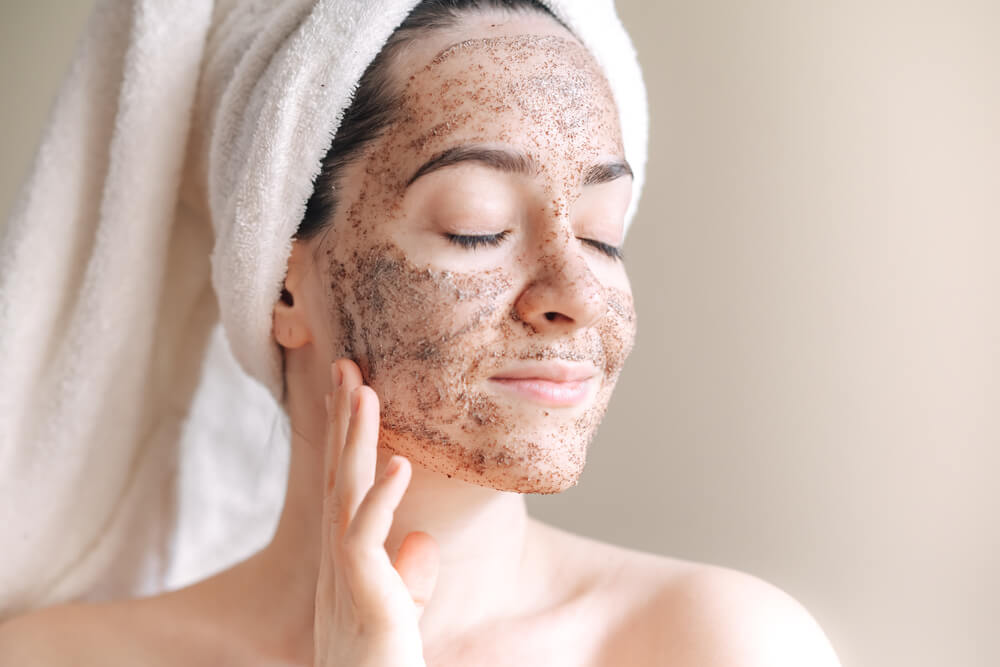
- Physical exfoliants (scrubs): Use sparingly, as they can irritate the skin and exacerbate acne.
- Chemical exfoliants (like AHAs and BHAs): These are gentler and more effective for acne-prone skin. Salicylic acid, a BHA, penetrates deep into pores, helping to clear them out and reduce inflammation.
Choose the type that suits your skin sensitivity, and avoid over-exfoliating to prevent irritation.
4. Topical Treatments for Acne
Several topical treatments target acne directly and help reduce blemishes. Some of the most effective include:
- Benzoyl Peroxide: This is an antibacterial ingredient that reduces inflammation and kills acne-causing bacteria. Use a lower concentration (2.5-5%) if you have sensitive skin.
- Salicylic Acid: This BHA exfoliant helps unclog pores, reduce inflammation, and dissolve excess oil.
- Retinoids: Derived from vitamin A, retinoids accelerate cell turnover, which can prevent clogged pores and fade dark spots. Start with a low concentration to avoid irritation.
These treatments should be used as spot treatments or applied to areas prone to breakouts. Always follow product instructions and start with a small amount to prevent irritation.
5. Maintain Hydration with a Suitable Moisturizer
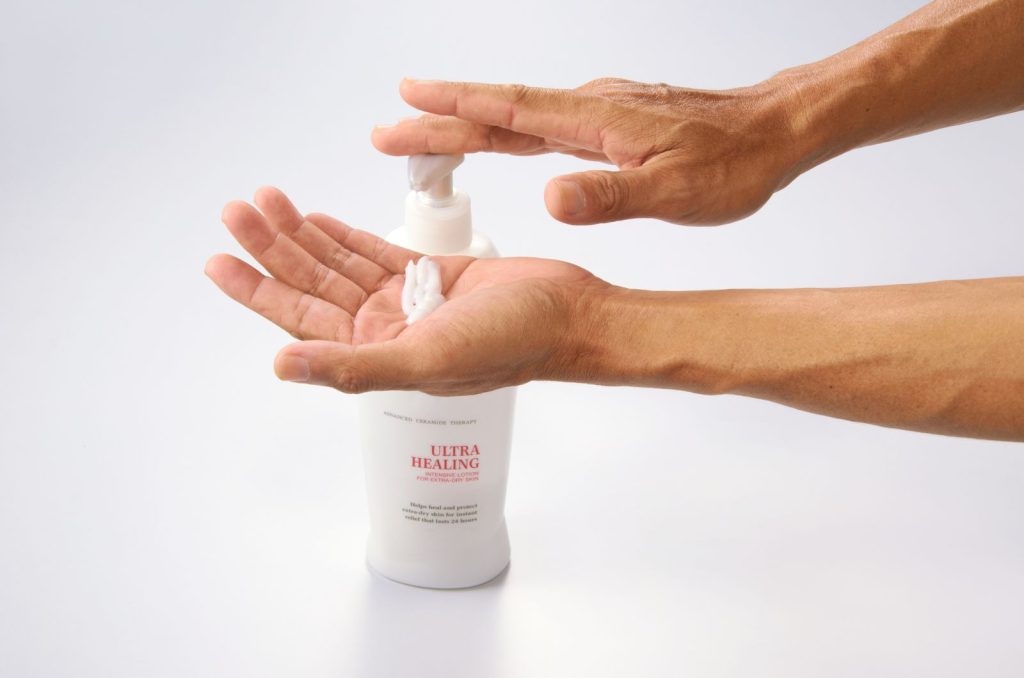
Moisturizing is essential for all skin types, including acne-prone skin. A good moisturizer helps maintain the skin barrier, which can prevent excess oil production. Look for:
- Oil-free and non-comedogenic formulas, which won’t clog pores.
- Ingredients like hyaluronic acid or glycerin, which hydrate the skin without adding oil.
A lightweight, gel-based moisturizer is ideal for oily and acne-prone skin. Apply it twice daily after cleansing and treating your skin.
6. Protect Your Skin with Sunscreen
Sunscreen is a vital step in any skincare routine, especially for treating acne and preventing blemishes. Many acne treatments make the skin more sensitive to the sun, which can lead to dark spots and hyperpigmentation. For acne-prone skin:
- Opt for a broad-spectrum sunscreen with at least SPF 30.
- Choose oil-free and non-comedogenic formulas to prevent clogged pores.
Sunscreen also helps fade dark spots and prevents new blemishes from forming due to sun exposure.
7. Try Natural Remedies for Gentle Acne Care
Natural remedies can be effective in reducing mild acne. Here are some popular options:
- Tea Tree Oil: Known for its antibacterial properties, tea tree oil can help reduce acne-causing bacteria. Use it as a spot treatment by diluting a few drops with a carrier oil.
- Honey: Honey has natural antibacterial and anti-inflammatory properties. Apply a thin layer on the skin for 10-15 minutes and rinse off for a soothing effect.
- Aloe Vera: This natural ingredient soothes inflammation and promotes healing, making it ideal for treating red, irritated acne.
Always do a patch test with natural remedies to avoid irritation, especially if you have sensitive skin.
8. Adopt a Healthy Diet and Lifestyle
Diet and lifestyle play significant roles in skin health. Consider these tips:
- Limit sugary and high-glycemic foods, as they may increase acne flare-ups.
- Incorporate antioxidant-rich foods like fruits, vegetables, and nuts that support skin health.
- Stay hydrated: Drinking plenty of water helps flush out toxins, which can benefit the skin.
- Reduce stress: Chronic stress triggers inflammation and worsens acne. Practice stress-relief techniques like exercise, meditation, or yoga.
These habits not only promote clearer skin but also improve overall health and wellness.
9. Consult a Dermatologist for Persistent Acne
If over-the-counter treatments and lifestyle changes aren’t effectively managing your acne, consider consulting a dermatologist. They can prescribe:
- Oral or topical antibiotics to reduce bacteria and inflammation.
- Hormonal treatments like birth control pills or spironolactone, which regulate hormones associated with acne.
- Professional treatments such as chemical peels or laser therapy to treat deep scars and blemishes.
Professional guidance ensures that you’re using safe and effective treatments tailored to your specific skin type and needs.
10. Consistency is Key for Long-Term Results
Achieving clear skin takes time and dedication. Stick to your skincare routine, avoid frequently switching products, and be patient. Most acne treatments take at least 6-8 weeks to show visible results.
Conclusion:
Treating acne and blemishes effectively involves a combination of the right skincare products, healthy lifestyle choices, and, when necessary, professional guidance.
By following these proven methods, from cleansing and moisturizing to protecting with sunscreen and using targeted treatments, you’ll be well on your way to healthier, clearer, and more radiant skin. With patience and consistency, achieving a complexion free of acne and blemishes is within reach.
READ ALSO:


